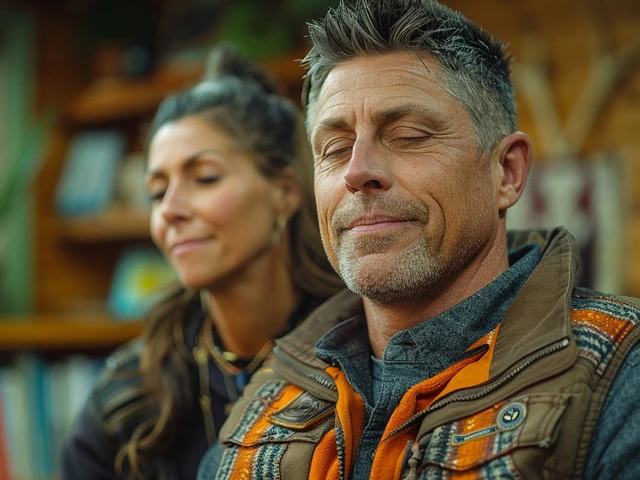Lomi Lomi Massage: Hawaiian Flow for Deep Relaxation
Ever felt a massage that moves like ocean waves? That’s Lomi Lomi. It’s a Hawaiian bodywork style known for long, flowing strokes, steady rhythm, and a focus on breath and presence. Instead of short, isolated pressure, Lomi Lomi links movements into continuous sequences that aim to relax the body and calm the mind.
Lomi Lomi grew from traditional Hawaiian healing practices. Practitioners often work with their hands and forearms, using broad strokes along muscles and along the body’s natural lines. The idea is to release tension, improve circulation, and encourage a smoother range of motion. Sessions are usually rhythmic and can feel deeply calming—many people describe them as both physical and emotional release.
What to expect in a Lomi Lomi session
A typical session lasts 60 to 90 minutes. You lie on a massage table, usually draped with sheets while oil is applied to allow the smooth, gliding strokes. The room often uses gentle music and a relaxed pace. Expect long strokes over large areas: legs, back, shoulders, arms, and sometimes gentle work around the hips and neck. Communication matters—tell the practitioner if pressure is too light or too firm.
Benefits commonly reported include reduced muscle tightness, better circulation, calmer breathing, and a feeling of overall relaxation. Athletes and people with repetitive tension find Lomi Lomi useful for easing stuck patterns, while others use it simply to de-stress after a busy week. It’s not a quick fix for structural problems, but it can support recovery and mobility when combined with other care.
Simple Lomi Lomi moves you can try (and safe tips for dogs)
Try two basic moves at home: long, gliding forearm strokes along the length of a muscle (from shoulder toward wrist, from hip toward knee) and alternating cross-body strokes across the back. Keep motions smooth and continuous, use enough oil to let your hand glide, and coordinate your breathing with the rhythm of the stroke to help the receiver relax.
If you want to adapt Lomi-style strokes for a dog, get your vet’s okay first. Use very gentle, long glides with your palm or flat hand, following the coat from shoulders to tail and from neck toward hips. Avoid direct pressure on the spine, open wounds, or areas with known pain. Keep sessions short—2 to 5 minutes at first—and watch the dog’s body language: soft eyes, leaning in, and relaxed breathing mean they like it; lip licking, turning away, or stiffening means stop or change your touch.
Training matters. Seek a practitioner who studies traditional Lomi Lomi and respects anatomy. For dog massage, look for a certified animal massage therapist. If you have health concerns—recent surgery, blood clots, fever, or active inflammation—get medical clearance before booking a session. A skilled practitioner will adapt pressure, pace, and technique to your needs so the flow feels safe and effective.
Lomi Lomi is about flow, breath, and presence more than force. Whether you try a full session or practice a few flowing strokes at home, focus on steady rhythm and listening to the body—yours or your dog’s. That simple shift often makes the biggest difference.

Unwind Effortlessly with Lomi Lomi Massage
Discover the soothing world of Lomi Lomi massage, a traditional Hawaiian technique that blends rhythm and touch to promote deep relaxation and healing. Learn how this unique form of massage not only relieves physical tension but also promotes emotional well-being. With tips on what to expect during a session and its historical significance, this guide takes you through the essentials. Perfect for anyone seeking a holistic approach to relaxation.

Lomi Lomi: A Fresh Perspective on Massage Therapy
As a massage enthusiast, I can't wait to share my fresh perspective on Lomi Lomi, a deeply transformative massage therapy rooted in ancient Hawaiian traditions. I'm diving into its history, therapeutic benefits, and what sets it apart from other massage techniques. Whether you're new to healing practices or an experienced practitioner, this piece is sure to enrich your understanding of this unique therapy form. Join me on this exhilarating journey into the world of Lomi Lomi, a beautiful intersection of culture, holistic therapy, and healing.

Biofeedback: The Future of Heart Health Starts Here
Jun, 13 2025



